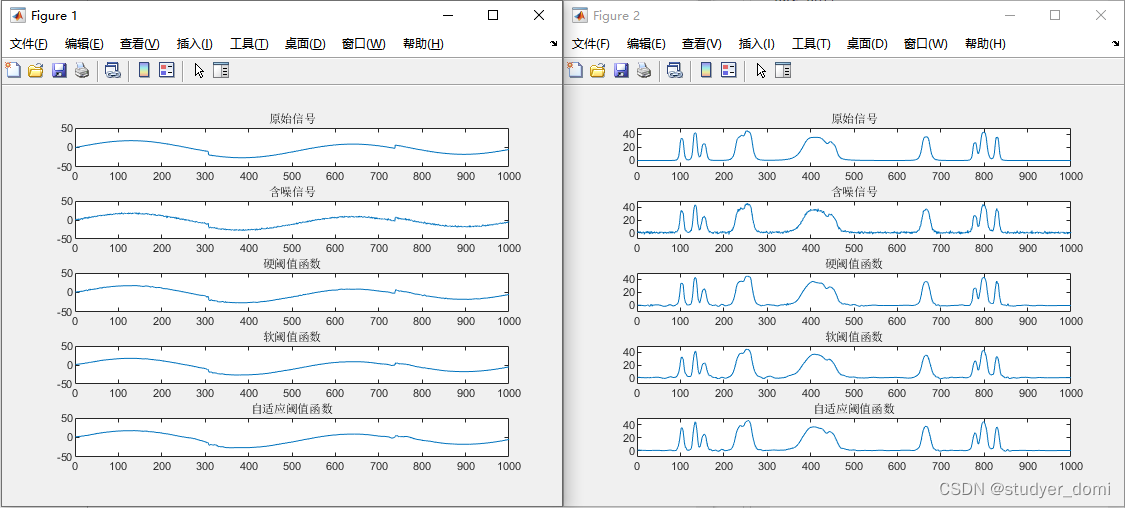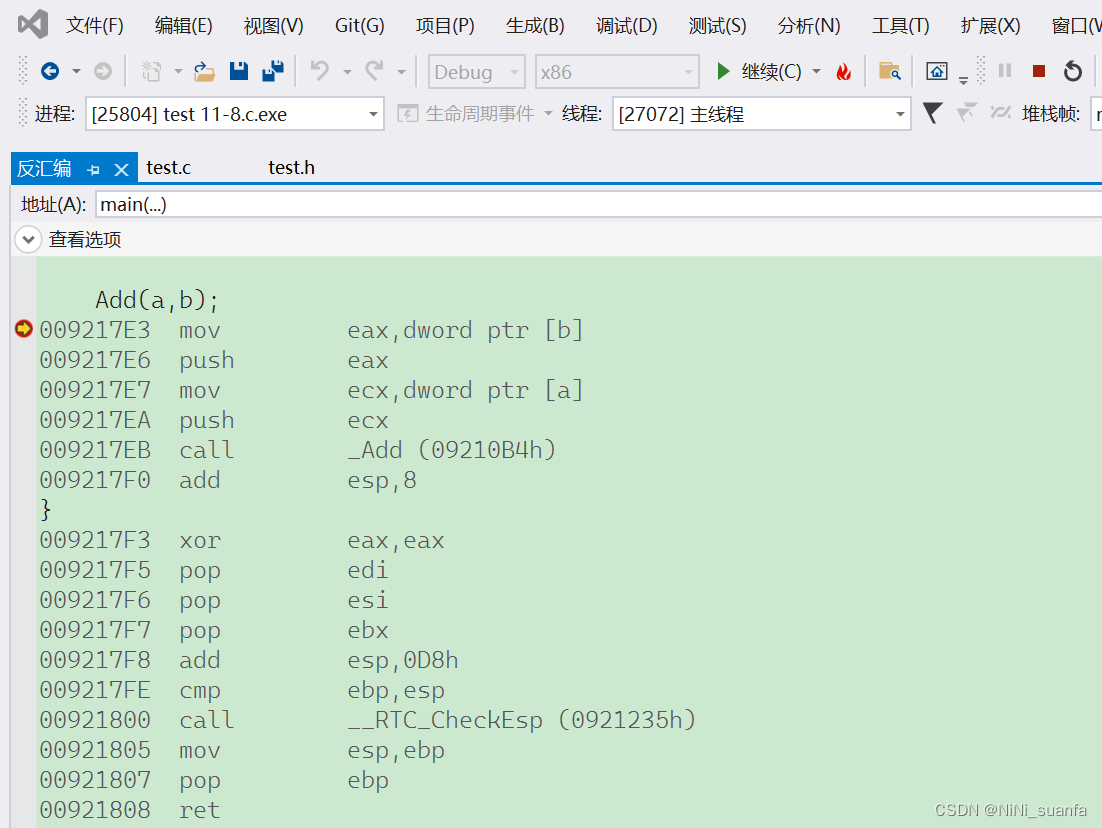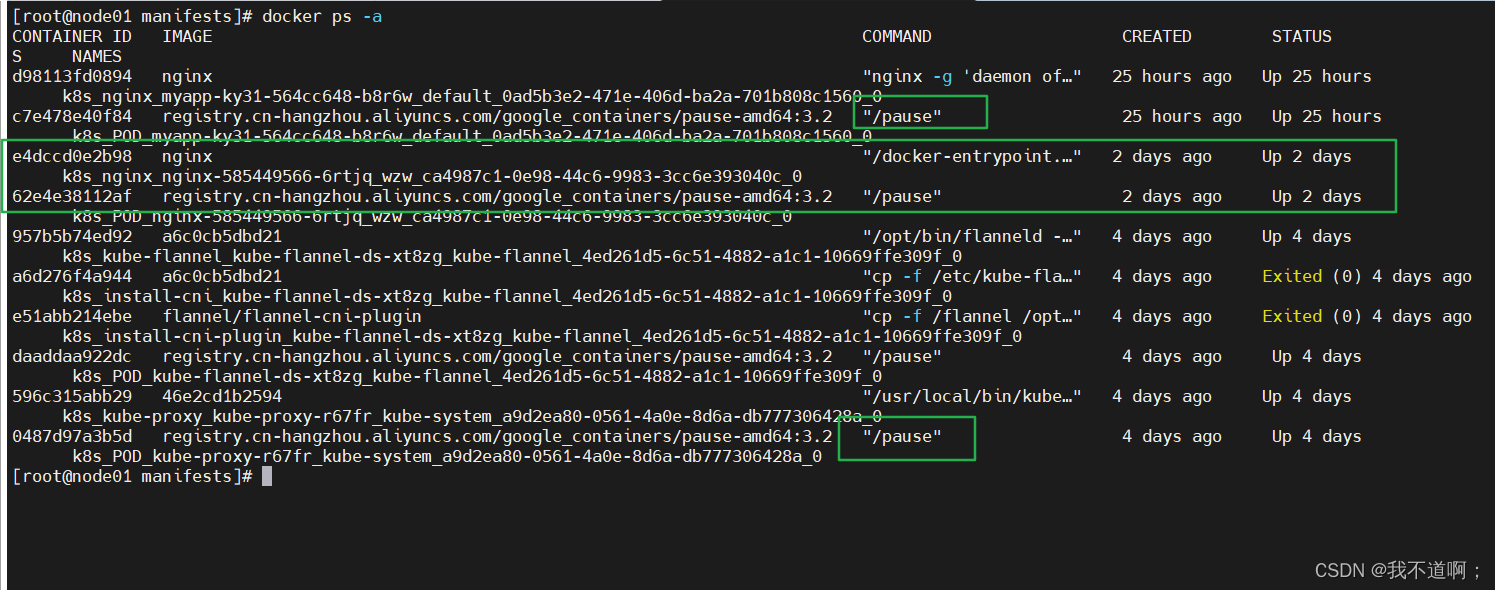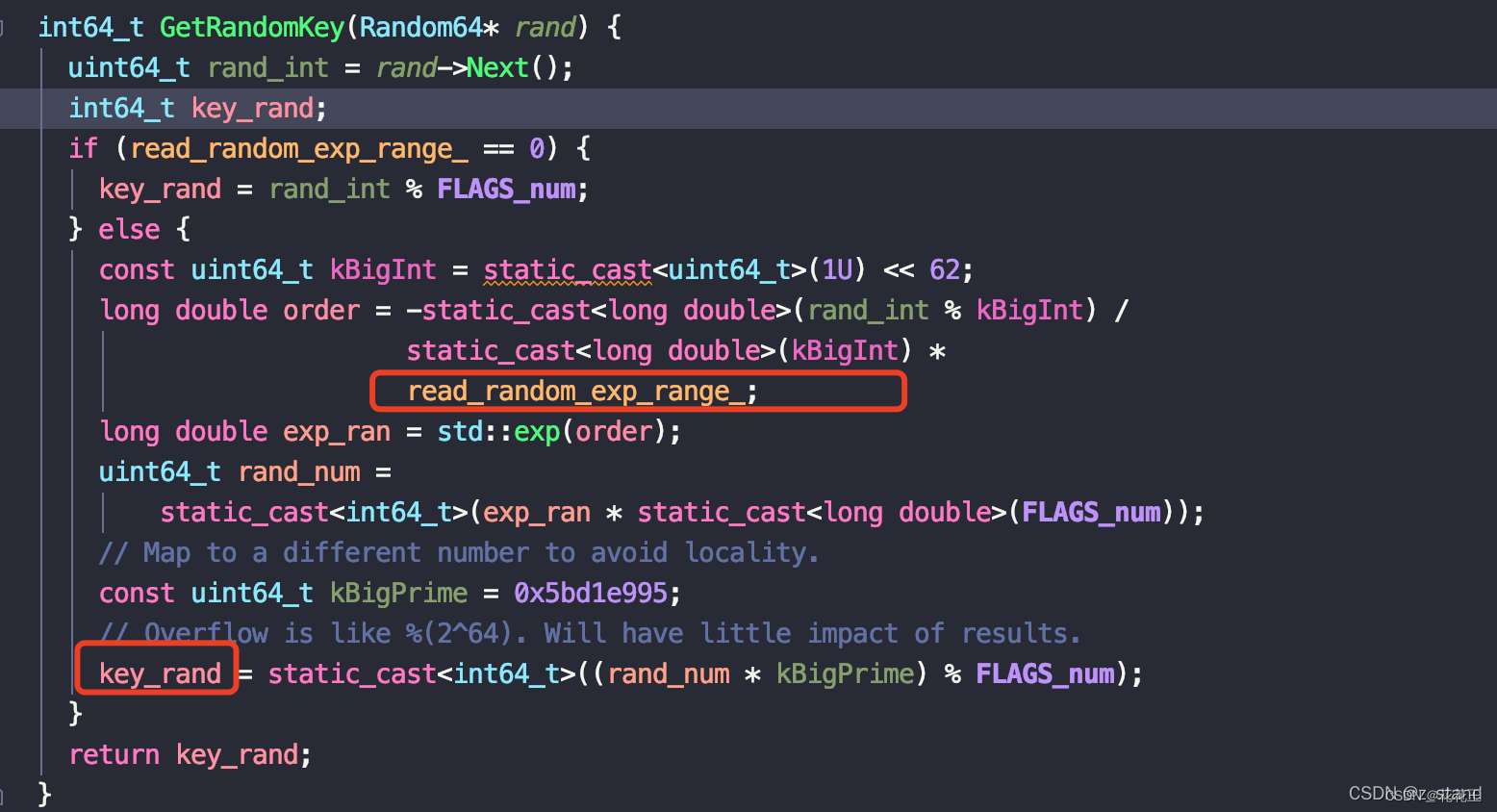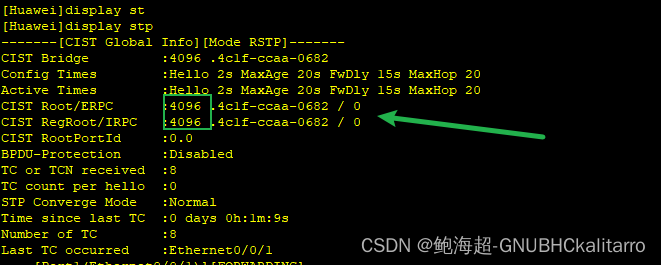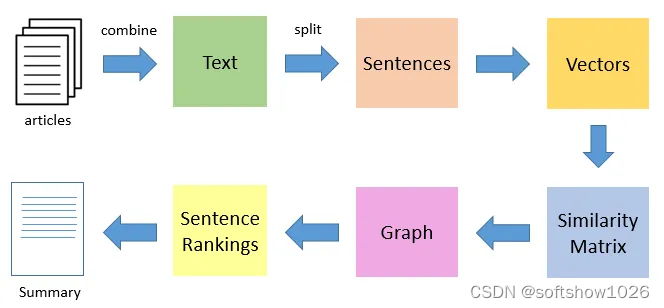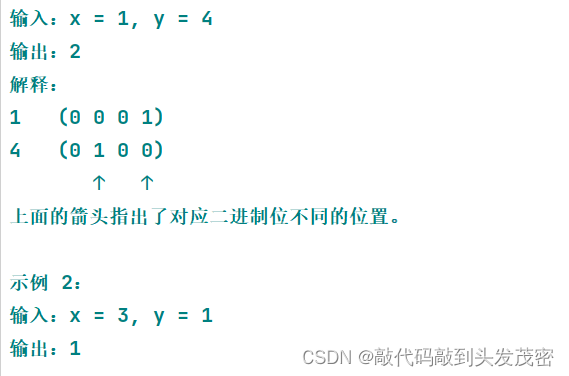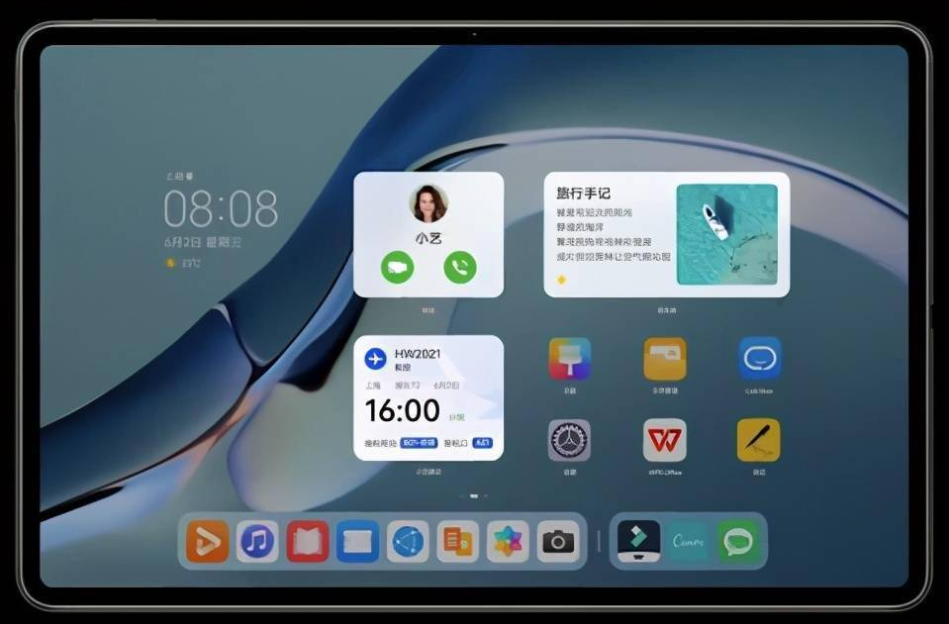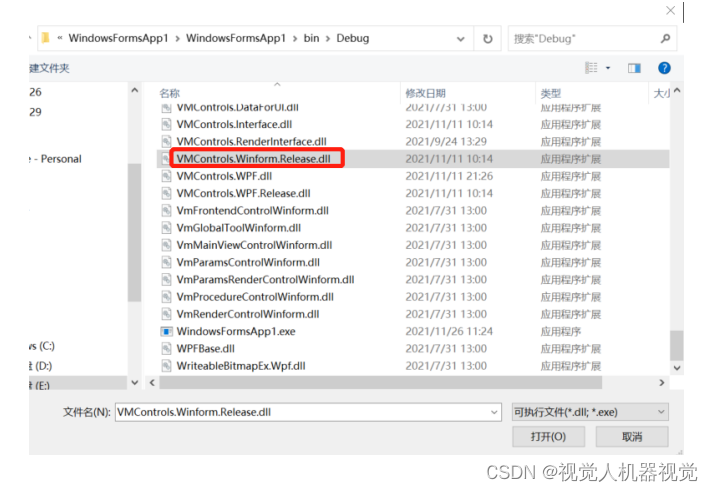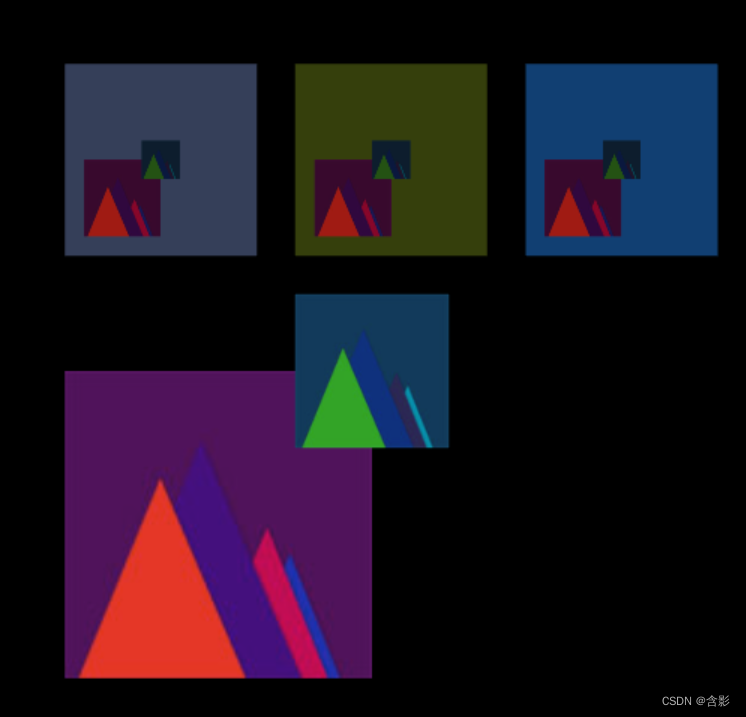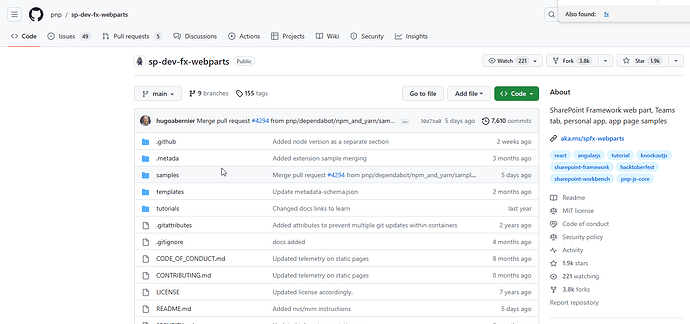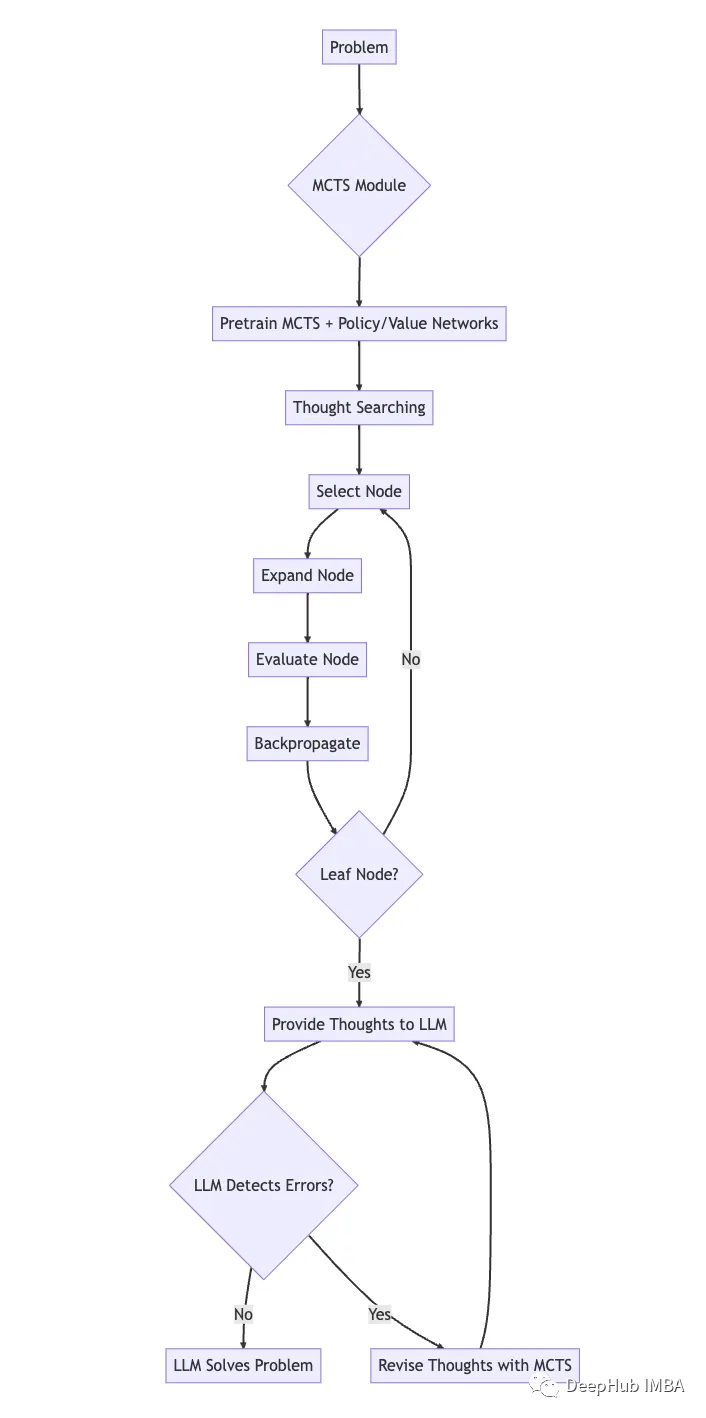原型模式
缘起
某天,小明的Leader找到小明:“小明啊,如果有个发简历的需求,就是有个简历的模板,然后打印很多份,要去一份一份展示出来,用编程怎么实现呢?”
小明一听,脑袋里就有了思路,二十分钟后给了一版代码
// 简历类
public class Resume {
private String name;
private String sex;
private String age;
private String timeArea;
private String company;
public Resume(String name) {
this.name = name;
}
// 设置个人信息
public void setPersonalInfo(String sex, String age) {
this.sex = sex;
this.age = age;
}
// 设置工作经历
public void setWorkExperience(String timeArea, String company) {
this.timeArea = timeArea;
this.company = company;
}
// 展示简历
public void display() {
System.out.println(this.name + " " + this.sex + " " + this.age);
System.out.println("工作经历 " + this.timeArea + " " + this.company);
}
}
客户端代码
public static void main(String[] args) {
Resume resume1 = new Resume("小明");
resume1.setPersonalInfo("男", "22");
resume1.setWorkExperience("2021-2023", "XX公司");
Resume resume2 = new Resume("小明");
resume2.setPersonalInfo("男", "22");
resume2.setWorkExperience("2021-2023", "XX公司");
Resume resume3 = new Resume("小明");
resume1.setPersonalInfo("男", "22");
resume1.setWorkExperience("2021-2023", "XX公司");
resume1.display();
resume2.display();
resume3.display();
}
Leader看后,说道:“挺好,这其实就是我当年手写简历时代的代码哈哈哈,三份简历需要实例化三次。你觉得这样会不会麻烦呢?如果二十份简历,你就要实例化二十次是不是;而且如果你写错了一个字,那你就要改20次,你可以这么写”
public class Test {
public static void main(String[] args) {
Resume resume1 = new Resume("小明");
resume1.setPersonalInfo("男", "22");
resume1.setWorkExperience("2021-2023", "XX公司");
Resume resume2 = resume1;
Resume resume3 = resume1;
resume1.display();
resume2.display();
resume3.display();
}
}
“其实就是传递引用对象,而不是传值,这样做就如同是在resume2、resume3纸上是空白的,而将resume1上的内容粘贴到了resume2、resume3上面,你还有没有其他的方式能实现呢?比如emmm,Clone克隆”。
原型模式
忙活了好一会儿,小明找到了一个相关的设计模式–原型模式。
原型模式(Prototype),用原型实例指定创建对象的种类,并且通过复制这些原型创建的对象。
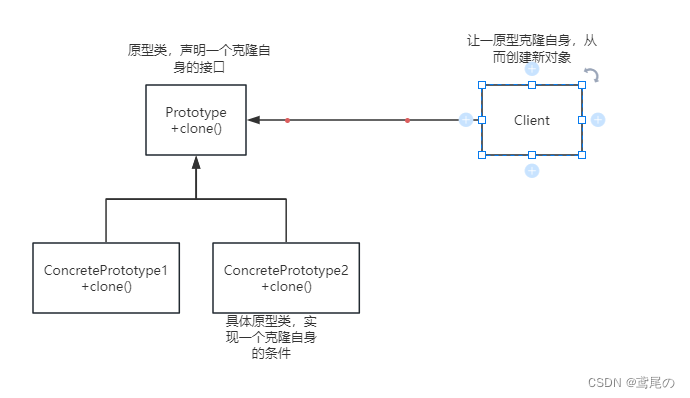
原型模式其实就是从一个对象再创建另外一个可制定的对象,而且不需要知道任何的创建细节。
看下基本原型模式的代码。
- 原型类
// 原型类
public abstract class Prototype implements Cloneable{
private String id;
public Prototype(String id) {
this.id = id;
}
public String getId() {
return id;
}
@Override
protected Object clone() {
Object object = null;
try {
object = super.clone();
} catch (CloneNotSupportedException e) {
System.out.println("克隆异常");
}
return object;
}
}
- 具体原型类
public class ConcretePrototype extends Prototype {
public ConcretePrototype(String id) {
super(id);
}
}
- 客户端调用
ConcretePrototype p1 = new ConcretePrototype("123456");
System.out.println("原型ID:" + p1.getId());
ConcretePrototype p2 = (ConcretePrototype) p1.clone();
System.out.println("克隆ID:" + p2.getId());
这样子只需要实例化一个对象,其他的类实例化时,只需要克隆这个对象即可。
对于Java而言,那个原型抽象类Prototype是用不到的,因为克隆实在是太常用了,所以Java提供了Cloneable接口,其中有一个唯一的方法就是clone(),我们只需要实现这个接口就可以完成原型模式了。
简历原型模式实现
小明二十分钟后,第二版代码出炉了。
// 简历类
public class Resume implements Cloneable{
private String name;
private String sex;
private String age;
private String timeArea;
private String company;
public Resume(String name) {
this.name = name;
}
// 设置个人信息
public void setPersonalInfo(String sex, String age) {
this.sex = sex;
this.age = age;
}
// 设置工作经历
public void setWorkExperience(String timeArea, String company) {
this.timeArea = timeArea;
this.company = company;
}
// 展示简历
public void display() {
System.out.println(this.name + " " + this.age + " " + this.age);
System.out.println("工作经历 " + this.timeArea + " " + this.company);
}
@Override
protected Resume clone() throws CloneNotSupportedException {
return (Resume) super.clone();
}
}
- 客户端调用
public class Test {
public static void main(String[] args) throws CloneNotSupportedException {
Resume resume1 = new Resume("小明");
resume1.setPersonalInfo("男", "22");
resume1.setWorkExperience("2021-2023", "XX公司");
Resume resume2 = resume1.clone();
Resume resume3 = resume1.clone();
resume1.display();
resume2.display();
resume3.display();
}
}
// 结果如下
小明 男 22
工作经历 2021-2023 XX公司
小明 男 22
工作经历 2021-2023 XX公司
小明 男 22
工作经历 2021-2023 XX公司
Leader看后点了点头,“一般在初始化的信息不发生变化的情况下,克隆就是最好的办法。这既隐藏了对象的创建细节,又对性能是大大的提高。不用重新初始化对象,而是动态获得对象运行时的状态。”
Leader接着又问道:“别高兴太早了,你知道这种clone有什么弊端吗,或者说是需要注意的点呢”
小明摇了摇头,Leader接着说:“你知道深浅拷贝吧,如果字段是值类型的,则对该字段逐位复制;如果是引用类型的则只复制引用,不复制引用的对象;因此,原始对象及其副本中的引用都是同一个对象”。
“你先把工作经历单独抽离出来,然后用简历类使用它们。”
小明不到十分钟,改完了。
- 简历类
// 简历类
public class Resume implements Cloneable{
private String name;
private String sex;
private String age;
private WorkExperience work;
public Resume(String name) {
this.name = name;
this.work = new WorkExperience(); // 实例化工作经历对象
}
// 设置个人信息
public void setPersonalInfo(String sex, String age) {
this.sex = sex;
this.age = age;
}
// 设置工作经历
public void setWorkExperience(String timeArea, String company) {
this.work.setTimeArea(timeArea);
this.work.setCompany(company);
}
// 展示简历
public void display() {
System.out.println(this.name + " " + this.sex + " " + this.age);
System.out.println("工作经历 " + this.work.getTimeArea() + " " + this.work.getCompany());
}
@Override
protected Resume clone() throws CloneNotSupportedException {
return (Resume) super.clone();
}
}
- 工作经历类
public class WorkExperience {
private String timeArea;
private String company;
public String getTimeArea() {
return timeArea;
}
public void setTimeArea(String timeArea) {
this.timeArea = timeArea;
}
public String getCompany() {
return company;
}
public void setCompany(String company) {
this.company = company;
}
}
- 客户端
public class Test {
public static void main(String[] args) throws CloneNotSupportedException {
Resume resume1 = new Resume("小明");
resume1.setPersonalInfo("男", "22");
resume1.setWorkExperience("2021-2023", "XX公司");
Resume resume2 = resume1.clone();
resume2.setWorkExperience("2001-2003", "ABC集团");
Resume resume3 = resume1.clone();
resume2.setWorkExperience("2005-2007", "ABC公司");
resume1.display();
resume2.display();
resume3.display();
}
}
// 执行结果如下
小明 男 22
工作经历 2005-2007 ABC公司
小明 男 22
工作经历 2005-2007 ABC公司
小明 男 22
工作经历 2005-2007 ABC公司
“看明白了吧,一个原型,两个副本它们的,workExperience对象全都是同一个引用,所以你改一个,其他的全都变了,这就是浅复制了。而我需要它们的workExperience对象全都是复制的对象,不能相同。”
简历深拷贝实现
“实现这个其实很简单,就是你的被引用对象,也去实现Cloneable接口,实现clone()方法,然后在引用类中将它们处理下就行了,快去查下相关资料,实现一下试试”。
小明半小时后,新的代码又出炉了。
- WorkExperience工作经历类
public class WorkExperience implements Cloneable{
private String timeArea;
private String company;
@Override
protected WorkExperience clone() throws CloneNotSupportedException {
return (WorkExperience) super.clone();
}
.....
}
- 简历类
// 简历类
public class Resume implements Cloneable{
private String name;
private String sex;
private String age;
private WorkExperience work;
....
@Override
protected Resume clone() throws CloneNotSupportedException {
// 处理引用的对象
Resume r = (Resume) super.clone();
r.work = this.work.clone();
return r;
}
}
再来测试下。
小明 男 22
工作经历 2021-2023 XX公司
小明 男 22
工作经历 2005-2007 ABC公司
小明 男 22
工作经历 2021-2023 XX公司
总结
浅复制:被复制对象的所有变量都含有与原来的对象相同的值,而所有的对其他对象的引用都仍然指向原来的对象。
深复制:把引用对象的变量指向复制过的新对象,而不是原有的被引用的对象。
